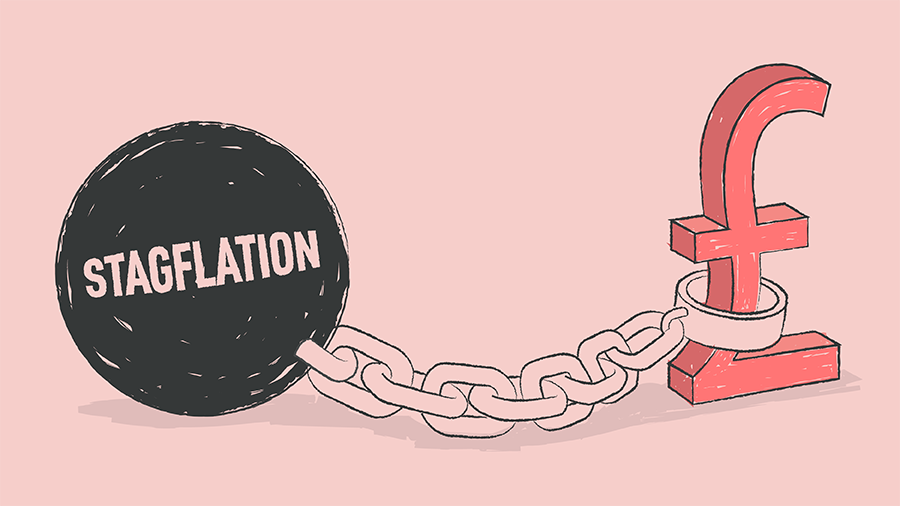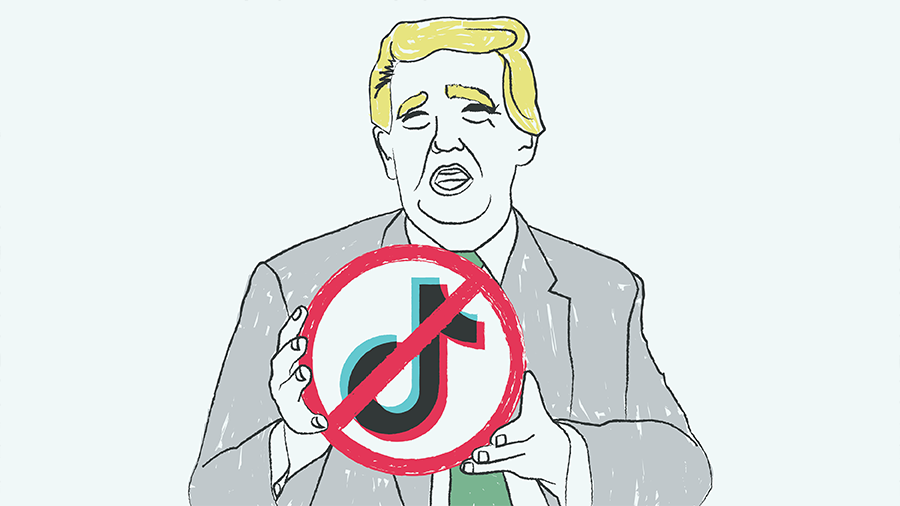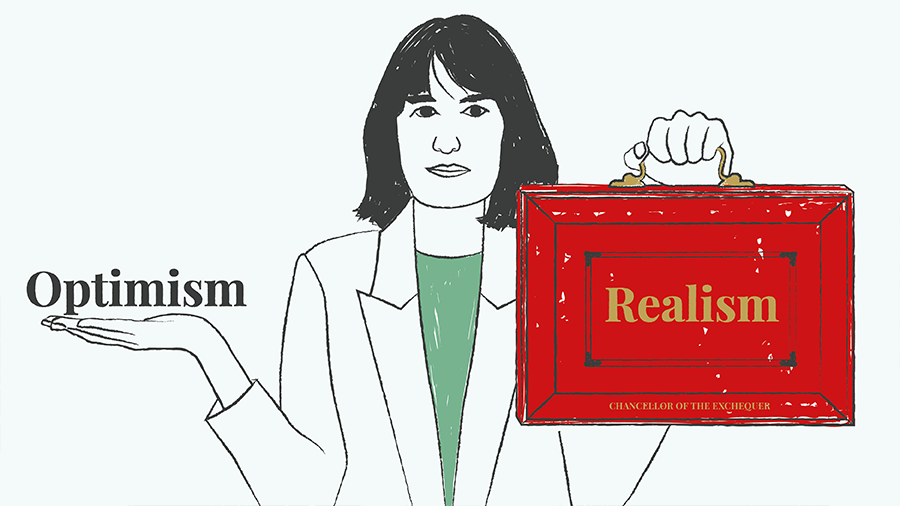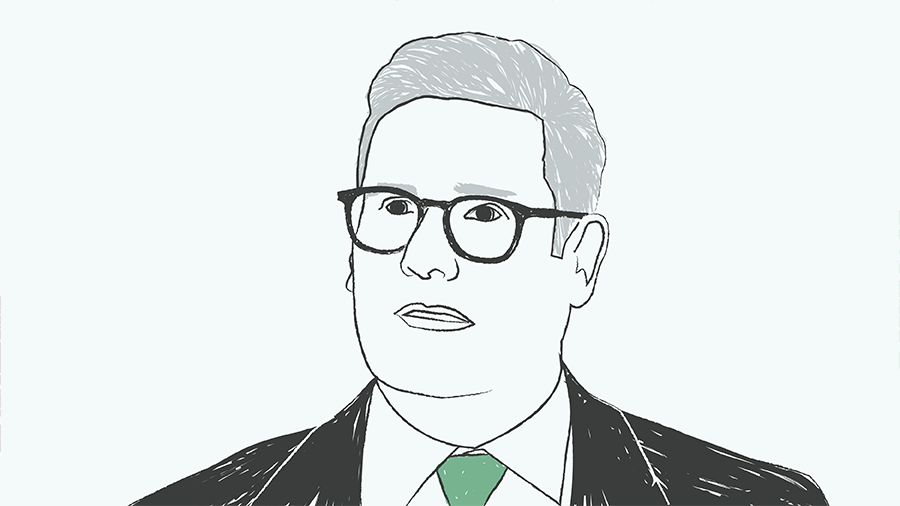
You can find plenty of insightful pieces online about the habits of successful CEOs (they’re all meditating at 5am and only look at their emails twice a day!) but the clever folks at McKinsey & Company actually tracked a big sample of roughly 600 chief executives at S&P 500 companies between 2004 and 2014, providing some less wishy-washy insights that we can actually ascribe some value to.
McKinsey’s focus was on the top 5% of the CEOs in the sample as a whole, whose companies’ returns to shareholders had increased by more than 500% over their tenure. They contrasted this group both with the full sample and with a subset of CEOs whose companies achieved top-quintile performance during their tenure as compared with their peers.
As the report states, “The exceptional group includes some leaders who managed remarkable performance in part due to unusual circumstances, for example, by guiding a company through bankruptcy proceedings and then returning it successfully to the public markets. It also includes CEOs who were able to deliver the highest returns through strategic repositioning and operational discipline over many years, within more normal industry and economic conditions. Overall, the exceptional CEOs were neither more nor less likely to be found in particular industries, to lead companies whose size differed from the mix in the broader S&P 500, or to join particularly high or low- performing companies.”
That’s interesting in itself, indicating that despite many different variables, good CEOs were good CEOs no matter what. On closer scrutiny of the data, McKinsey came to some interesting conclusions.
Exceptional CEOs are twice as likely to have been hired from outside the company
They found that on average, CEOs who are hired externally tend to pull more strategic levers than those who come from within and outperform their internal counterparts over tenure. “Our research on exceptional CEOs reinforced this finding: these CEOs are twice as likely to have been hired from outside the company as the average CEO in our data set, and roughly 1.5 times as likely to have been external hires as the other top-quintile CEOs.”
That said, 55 percent of the exceptional CEOs were internal hires. “Clearly, insiders can move aggressively and achieve outstanding results. Doing so often means cultivating an outsider’s point of view to challenge the company’s culture with greater objectivity and overcome the organisational inertia that sometimes limits an insider’s span of action.”
Takeaway: The more successful leaders have a natural “outsider” approach to operations. Whether they were external appointments or internal promotions, they bring a mentality of change with them and have the strength of character to implement it.
Successful CEOs take stock
No, we don’t mean they pocket a load of share options. Rather they take a good long hard look at the company and then take positive action. “In our sample as a whole, CEOs joining low-performing companies derived the biggest benefits from conducting a strategic review. Our exceptional CEOs did not join struggling companies in disproportionate numbers, but they were significantly (about 60%) more likely to conduct a strategic review in their first two years on the job versus the average CEO in our sample.”
CEOs with exceptional track records are more likely than others to conduct a strategic review early in their tenure.
“Informed by this view of the company’s past—and potential future—performance, this elite group was bolder than other top-quintile CEOs, far surpassing them in the average number of strategic moves they made in their first year. Changing strategic direction typically requires freeing up resources, often in part by cutting costs in lower-priority parts of the company. While cost-reduction programs are, according to our earlier research, a no-regrets move for all CEOs, the exceptional CEOs were significantly more likely to launch such initiatives than the average CEO, thereby building strategic momentum.”
Takeaway: On receipt of a full strategic review, the best- performing CEOs do not hesitate to pull the trigger and make changes. They stamp their name on the company by implementing changes according to the review. Whichever way you look at it, this is a positive move for a fresh CEO.
Organisational balance
“In our research on CEOs overall, organisational redesign appeared to be a critical part of the typical high-performing CEO’s tool kit, and management reshuffles were particularly important for CEOs taking over lower-performing companies. Our sample of exceptional CEOs, though, was less likely than the average CEO to undertake organisational redesign or management-team reshuffles in the first two years in office. This could be a function of the strategic game they were playing: they may have inherited high-performing companies (which can be hurt by reshuffles) or prioritising, since there are only so many initiatives and changes that organisations and people can absorb in a short space of time. Indeed, since the exceptional group contained an above-average proportion of outsider CEOs launching fundamental strategic rethinks, the data may reflect a sequencing of initiatives, with structural change following strategic shifts.”
Takeaway: Elite CEOs are mindful of current organisational structures, suggesting they have been playing this game for some time. However, the top- performers were also not shy in shaking things up. They have their own clear vision of the future, and after a period of consideration, do not hesitate to put their vision into action.
If you’re looking to hire a new CEO or have other executive search needs why not get in touch? If you’re a CEO looking to restructure your team speak to us about strategy.
















